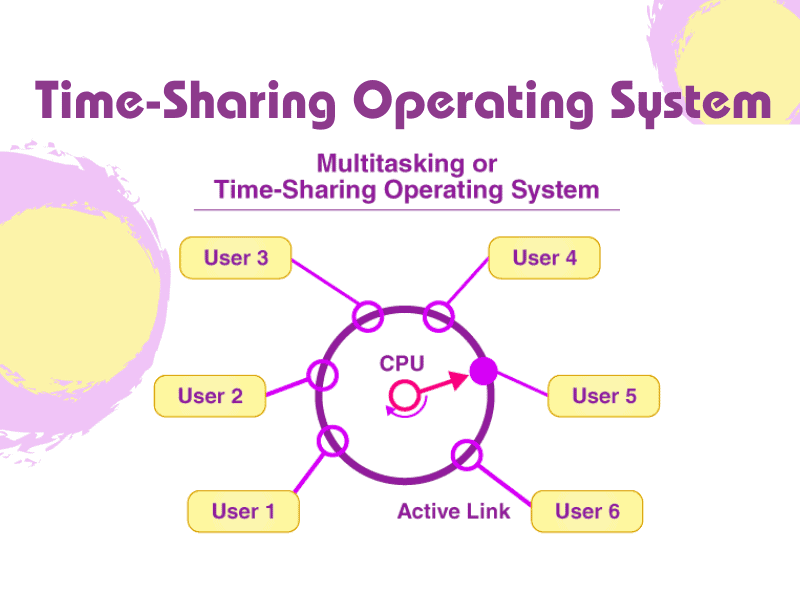Introduction
In the world of computer science, the term “First-Come First-Served (FCFS) CPU Scheduling Algorithm” is a crucial concept that underpins the efficient functioning of operating systems. This article will take you on a journey through this algorithm, providing insights and in-depth knowledge to help you understand its significance and application.
What is first-come first-served FCFS CPU Scheduling?
The First Come First-Served (FCFS) CPU Scheduling Algorithm is one of the simplest and most straightforward ways to manage processes in a computer’s CPU. It follows a fundamental rule: the process that arrives first is the one that gets executed first. Let’s delve deeper into the key aspects of this algorithm.
How FCFS Works
- When a process arrives in the CPU queue, it joins the end of the line.
- The CPU executes the processes in the order they arrived, without any regard for priority or time required.
- Once a process begins, it continues until completion, even if a more critical process arrives later.
- This simplicity makes FCFS an attractive choice for many situations. However, it’s essential to understand its limitations and when it might not be the best option.
Advantages of FCFS Scheduling
Simplicity: FCFS is easy to implement and understand, making it ideal for educational purposes.
No starvation: Every process eventually gets a chance to execute, preventing any process from being indefinitely delayed.
FCFS in Real Life
To better grasp the concept, let’s consider a real-world analogy. Imagine you are at a restaurant with your friends, and you’ve all placed your orders. The kitchen operates on an FCFS basis. The chef prepares the dishes in the order they were received. Your order may take a while if your friends ordered complex meals ahead of you, even if your dish is simpler.
FCFS vs. Other Scheduling Algorithms
While FCFS has its merits, it’s not without limitations. In scenarios where processes have varying execution times, FCFS might not be the most efficient choice. Other algorithms like Round Robin or Shortest Job First (SJF) aim to address these shortcomings by optimizing process execution based on different criteria.
Understanding FCFS Limitations
FCFS has its downsides, primarily due to its rigid nature. Let’s explore these limitations.
Convoy Effect: If a long process is followed by several short processes, it can lead to a convoy effect. Short processes are stuck behind the long one, causing delays.
No Priority Consideration: FCFS doesn’t account for process priority, which can be detrimental in time-sensitive environments.
Inefficiency: In situations where processes vary in execution time, FCFS may lead to inefficiency and increased waiting times.
FAQs about FCFS CPU Scheduling Algorithm
How does FCFS differ from Round Robin scheduling?
FCFS and Round Robin are two different scheduling algorithms. FCFS executes processes in the order they arrive without interruption, while Round Robin allocates a fixed time slice to each process, cycling through them until all are complete. Round Robin aims to provide fairness and responsiveness, while FCFS is more simplistic.
Can FCFS lead to process starvation?
FCFS does not cause process starvation as it ensures that every process eventually gets a turn to execute. However, it can lead to inefficiency in scenarios with varying process execution times.
When is FCFS a good choice for scheduling?
FCFS is a good choice when simplicity is essential, and all processes are roughly equal in terms of execution time. It’s often used for educational purposes and in systems where priority and responsiveness are not critical.
How does FCFS affect user experience in an operating system?
FCFS can lead to variations in response times, which may affect the user experience. In situations with a mix of long and short processes, it can cause delays for shorter tasks.
Is FCFS commonly used in modern operating systems?
FCFS is rarely used as the primary scheduling algorithm in modern operating systems due to its limitations. However, it can be used in conjunction with other algorithms to balance efficiency and simplicity.
Can FCFS be modified to improve its efficiency?
Yes, FCFS can be modified or combined with other scheduling algorithms to enhance its efficiency. For example, combining it with priority scheduling can address some of its limitations.
Conclusion
The First Come First-Served (FCFS) CPU Scheduling Algorithm has its place in the world of operating systems, offering simplicity and ensuring that every process gets a chance to execute. However, it’s essential to be aware of its limitations and consider alternative scheduling algorithms for scenarios where efficiency and priority are critical.
In summary, while FCFS is a fundamental concept, it is just one piece of the complex puzzle that keeps our digital world running smoothly.



0 Comments